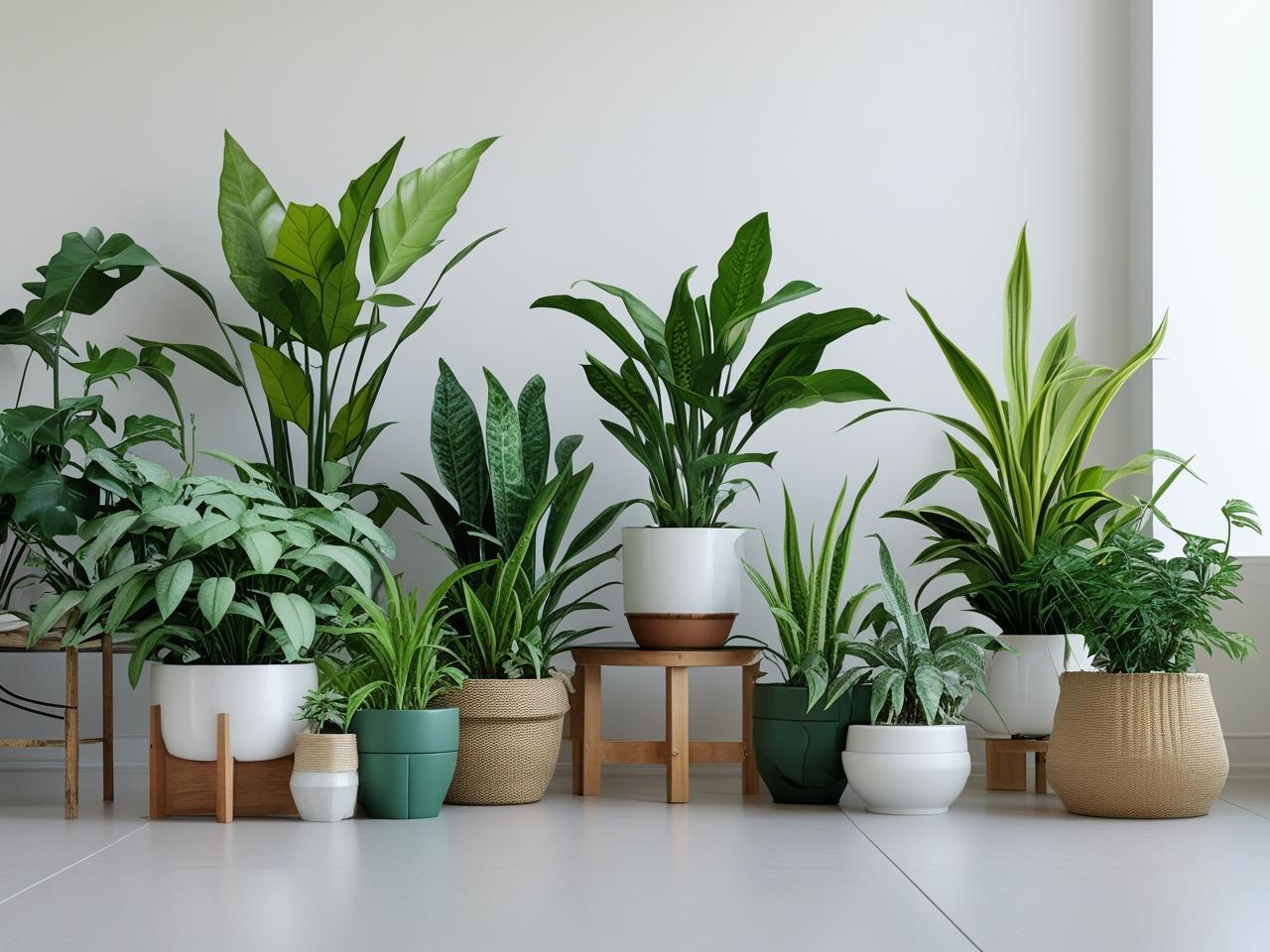Bringing greenery into your home adds life, color, and a sense of calm. Houseplants can brighten up any space, improve air quality, and even boost your mood. But if you share your home with a dog or cat, it’s important to know that not all plants are safe for pets. Some common varieties can cause stomach upset, irritation, or worse if chewed or eaten.
The good news is that you don’t have to choose between a pet-friendly home and a beautiful indoor garden. With a little research and planning, you can enjoy lush, vibrant plants while keeping your furry friend safe and sound.
Why Plant Safety Matters
Dogs and cats are naturally curious, and many love to sniff, paw, or nibble on greenery. Puppies and kittens, in particular, may chew on plants out of boredom or exploration. Even adult pets might get into a plant just because it’s new or smells interesting.
Some plants contain compounds that can irritate your pet’s mouth, cause vomiting, or affect their digestion. Others can be more harmful if consumed in large amounts. While serious poisoning is rare, even mild symptoms can be unpleasant for your pet and stressful for you.
Knowing which plants are safe and which to avoid helps you decorate with peace of mind.
Common Toxic Plants to Avoid
Before we get to the good news, here are a few popular houseplants that are best avoided in pet-friendly homes:
- Peace Lily – Beautiful but toxic to both cats and dogs
- Pothos (Devil’s Ivy) – Can cause oral irritation and vomiting
- Aloe Vera – Healing for humans, but harmful to pets if ingested
- Sago Palm – Extremely toxic, even in small amounts
- Philodendron – Causes swelling, drooling, and discomfort
- Snake Plant – Hardy, but mildly toxic to pets
If you already have any of these at home, consider moving them to high shelves or rooms your pet can’t access.
Pet-Safe Plant Options
Now for the fun part—there are many beautiful plants that are non-toxic and safe to share your space with furry companions. Here are some top picks:
Spider Plant (Chlorophytum comosum)
Easy to care for and great for beginners, the spider plant thrives in indirect light and helps purify the air. Its dangling leaves may attract playful cats, but they’re safe if chewed.
Areca Palm (Dypsis lutescens)
Also called the butterfly palm, this plant brings a tropical feel to any room. It’s completely non-toxic and loves bright, indirect light.
Calathea
Known for its striking leaf patterns, the calathea adds color without risk. It prefers moderate humidity and avoids direct sun.
Bamboo Palm (Chamaedorea seifrizii)
This graceful plant adds height and texture to corners and is safe for pets. It does well in low light and is easy to maintain.
Boston Fern (Nephrolepis exaltata)
Lush and full, the Boston fern looks great in hanging baskets or shelves. It’s pet-safe and helps clean the air, though it prefers humidity.
African Violet (Saintpaulia)
For pet-safe blooms, African violets are a great choice. They offer beautiful flowers in many colors and do well in low light.
Prayer Plant (Maranta leuconeura)
With vibrant patterns and leaf movement that follows the light, this plant adds personality to your decor—and it’s safe for your curious companion.
Peperomia
Compact and attractive, peperomias come in many shapes and textures. Most varieties are non-toxic and pet-friendly.
Tips for Decorating with Plants and Pets
Even with safe plants, it’s a good idea to think about placement and interaction. Here are some ways to create harmony between your greenery and your pet:
Elevate When Needed
Place plants on shelves, in hanging baskets, or in corners where your pet is less likely to reach. This not only protects your plants but prevents over-curious sniffing or digging.
Use Sturdy Pots
Choose heavy or wide-bottomed planters that won’t tip over easily if nudged by a wagging tail or playful paw. Avoid glass containers in areas where pets like to play.
Block Off Delicate Areas
If your pet is especially interested in a certain plant, use small barriers or furniture placement to limit access. You can also add double-sided tape near pots, which pets often dislike.
Distract with Pet-Specific Toys
If your cat is obsessed with chewing plants, offer cat grass or catnip as a safe alternative. For dogs, interactive toys or treat puzzles can help redirect their attention away from your greenery.
Cleaning Up After Pets and Plants
Plants may drop leaves or dirt, and pets may shed fur or scatter things nearby. Keep a small broom or handheld vacuum nearby for quick cleanups. Check soil regularly and clean leaves with a damp cloth to keep them healthy and dust-free.
If your pet knocks over a plant, avoid scolding. Clean the mess calmly, then adjust your setup to prevent it from happening again.
What to Do If Your Pet Eats a Plant
Even pet-safe plants can cause minor stomach upset if eaten in large quantities. If your pet chews on any plant, monitor them for symptoms like drooling, vomiting, or changes in behavior.
If you know or suspect your pet has eaten a toxic plant, contact your local vet or a pet poison hotline immediately. Try to identify the plant and how much was consumed. Quick action can make a big difference.
Final Thoughts
Decorating with plants and living with pets doesn’t have to be a compromise. With the right choices and thoughtful placement, you can enjoy a vibrant, green home that’s both beautiful and safe.
Plants bring life and calm to our spaces, and pets fill them with love. When you design your home with both in mind, you create an environment where everyone—two-legged and four-legged—can thrive in harmony.
